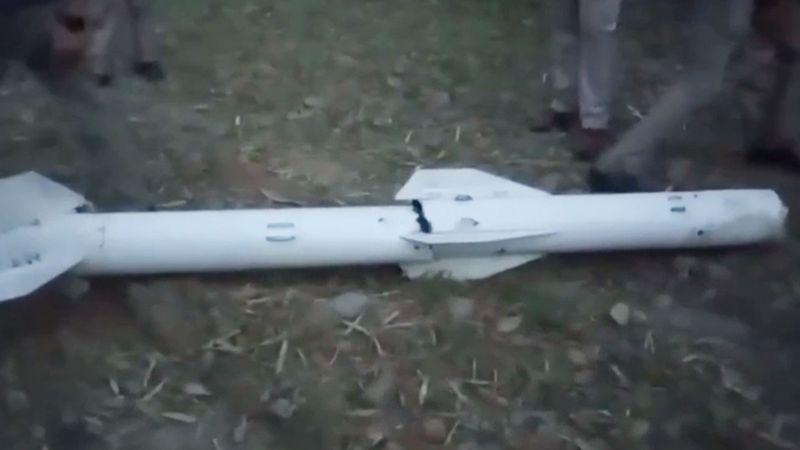
Recovery of China-made Missile May Provide Vital Inputs
The Indian Air Force (IAF) has received a significant boost in its efforts to enhance its aerial combat capabilities with the recovery of a near-intact China-made long-range air-to-air missile near Hoshiarpur. The PL-15 missile, an active radar homing missile, is used by Chinese fighters like the JF-17, which are also in service with the Pakistan Air Force.
The recovery of the missile is expected to provide the IAF with a first-hand insight into its technical specifications and operational capability, helping to fine-tune aerial combat procedures. This development is significant, as it allows the IAF to better understand the capabilities of its adversaries and make necessary adjustments to its own tactics and strategies.
The PL-15 missile is a highly advanced weapon system that uses an active radar homing guidance system to detect and track targets. It has a range of over 100 kilometers and is capable of engaging targets at high speeds and altitudes. The missile’s advanced guidance system and high speed make it a formidable opponent in aerial combat, and its recovery is expected to provide the IAF with valuable insights into its capabilities.
The recovery of the missile is also significant because it highlights the IAF’s ability to recover and analyze advanced enemy technology. This capability is critical in modern warfare, where the ability to quickly adapt and respond to new threats is essential. The IAF’s ability to recover and analyze the PL-15 missile demonstrates its commitment to staying ahead of the curve and improving its capabilities.
The recovery of the missile is also expected to provide the IAF with valuable insights into the operational capabilities of the JF-17 fighter jet. The JF-17 is a highly advanced fighter jet that is used by the Pakistan Air Force, and its recovery is expected to provide the IAF with valuable information about its capabilities and limitations.
The JF-17 is a multi-role fighter jet that is capable of performing a variety of tasks, including air-to-air combat, air-to-ground strikes, and reconnaissance. It is powered by a Russian-made RD-93 engine and has a range of over 3,000 kilometers. The JF-17 is also equipped with a range of advanced sensors and avionics systems, including a radar system, a helmet-mounted sight, and a data link.
The recovery of the missile is expected to provide the IAF with valuable insights into the JF-17’s capabilities, including its range, speed, and maneuverability. It will also provide the IAF with information about the JF-17’s radar system and its ability to detect and track targets. This information will be critical in helping the IAF to better understand the capabilities of its adversaries and to develop effective tactics and strategies to counter them.
In addition to providing the IAF with valuable insights into the PL-15 missile and the JF-17 fighter jet, the recovery of the missile is also significant because it highlights the importance of intelligence gathering and analysis in modern warfare. In modern warfare, the ability to quickly gather and analyze intelligence is critical in determining the outcome of battles and winning wars.
The recovery of the missile is a testament to the IAF’s commitment to intelligence gathering and analysis, and its ability to quickly recover and analyze advanced enemy technology. This capability is critical in modern warfare, where the ability to quickly adapt and respond to new threats is essential.
In conclusion, the recovery of the China-made long-range air-to-air missile near Hoshiarpur is a significant development that is expected to provide the IAF with valuable insights into the technical specifications and operational capability of the PL-15 missile. The recovery of the missile is expected to help the IAF to fine-tune its aerial combat procedures and to better understand the capabilities of its adversaries. It is a testament to the IAF’s commitment to intelligence gathering and analysis, and its ability to quickly recover and analyze advanced enemy technology.






